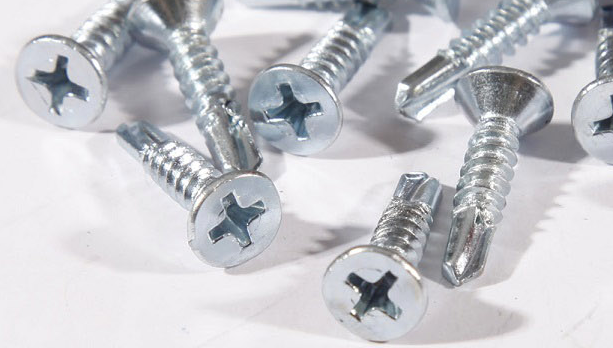what is a chemical anchor
What Is a Chemical Anchor?
Chemical anchors, often referred to as chemical bonding agents or adhesive anchors, are specialized materials used to securely fasten objects to various substrates, including concrete, brick, and masonry. Unlike traditional mechanical anchors that rely on friction or compression, chemical anchors utilize a chemical reaction to create a strong bond between the anchor and the base material.
Composition and Functionality
Chemical anchors typically consist of a two-part system a resin and a hardener. This combination, when mixed, undergoes a chemical reaction that allows the resin to cure and harden, forming an incredibly strong adhesive bond. Common materials used in these systems include epoxy, polyester, and vinylester resins. The choice of resin often depends on the specific application, environmental conditions, and required load-bearing capacity.
Applications of Chemical Anchors
Chemical anchors are favored in various applications because of their versatility and strength. They are widely used in construction, such as securing structural elements like beams, columns, and safety barriers. In addition, they play an essential role in fastening fixtures and equipment in industrial settings, providing reliable support for heavy loads. The ability of chemical anchors to perform well in extreme conditions—such as high temperatures and wet environments—makes them suitable for outdoor applications.
what is a chemical anchor

Installation Process
The installation of a chemical anchor involves several key steps. First, a hole is drilled into the substrate using a suitable drill bit. It is crucial to ensure that the hole is clean and free of debris for optimal bonding. Next, the resin and hardener are mixed according to the manufacturer's specifications, and the mixture is introduced into the hole. The anchor rod is then inserted into the hole, where it displaces the resin and establishes contact with the substrate. After allowing adequate curing time, the anchor reaches its full strength.
Advantages of Chemical Anchors
One significant advantage of chemical anchors is their ability to provide excellent load distribution, minimizing stress concentrations around the anchor point. This characteristic is particularly beneficial in applications with high or dynamic loads, reducing the risk of failure. Additionally, chemical anchors are less prone to corrosion compared to traditional metal anchors, especially when used in demanding environments.
Furthermore, their capacity to bond with a wide variety of materials makes them quite versatile. They can be used in situations where mechanical anchors may not be suitable, such as in hollow sections or where minimal spacing is required between anchors.
In summary, chemical anchors are a crucial component in modern construction and engineering, offering strong, durable, and versatile fastening solutions. Their ability to adapt to various conditions and materials makes them an invaluable tool for professionals in the field. Whether in residential buildings or large-scale industrial applications, chemical anchors continue to play a vital role in ensuring safety and structural integrity.
-
Weatherproof Plastic Expansion Anchors for OutdoorNewsJun.06,2025
-
Sustainability in the Supply Chain: Eco-Friendly TEK Screws ProductionNewsJun.06,2025
-
Load-Bearing Capacity of External Insulation FixingsNewsJun.06,2025
-
Double Head Bolts: Enhancing Efficiency in Industrial MachineryNewsJun.06,2025
-
Corrosion Resistance in Chipboard Screws: Coatings for Wholesale DurabilityNewsJun.06,2025
-
Butterfly Toggle Bolts : Enhancing Structural ResilienceNewsJun.06,2025
